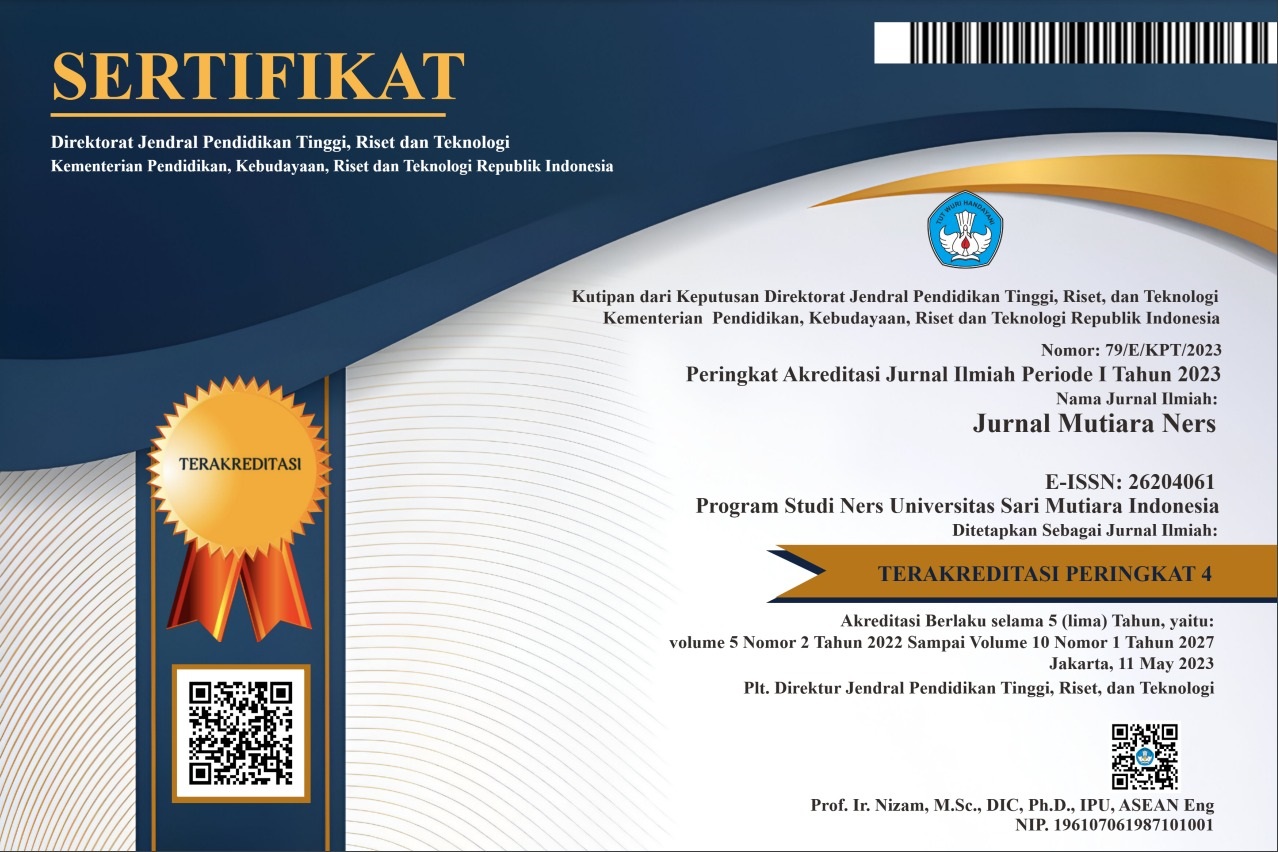HUBUNGAN ANTARA KEJADIAN ACNE VULGARIS DAN HARGA DIRI REMAJA
Keywords:
acne vulgaris; self-esteem; adolescents.Abstract
Acne vulgaris is a skin disease that commonly complaint among adolescents. Acne vulgaris is characterized by the presence of comedones, papules, pustules and nodules with their severity. Acne vulgaris were present in a large proportion of face and affecting their appearance. It can have psychological implications for the adolescents.The purpose of this study was analyzed the relationship between the incidence of acne vulgaris and the self-esteem of adolescents who seek treatment at the beauty clinic X in Central Jakarta. This study used descriptive correlation design with cross-sectional approach. In this study total 77 respondents of acne vulgaris were investigated who attended in the outpatient beauty clinic. Two measures of evaluation were applied to assess the severity of a patient’s acne and adolescent self-esteem, which are as follows: The modified Global Acne Grading System (GAGS) and the Rosenberg Self Esteem Scale (RSES). This study used a chi-square test. The results showed that 86.7% of participants had moderate acne vulgaris, and 55.8% of participants had low self-esteem. There was a significant relationship between acne vulgaris and adolescent self-esteem (p = 0.003). The appropriate treatment is expected to cure acne vulgaris among adolescents that impact on increasing of adolescents self-esteem.
Keywords: acne vulgaris; self-esteem; adolescents.


.png)






